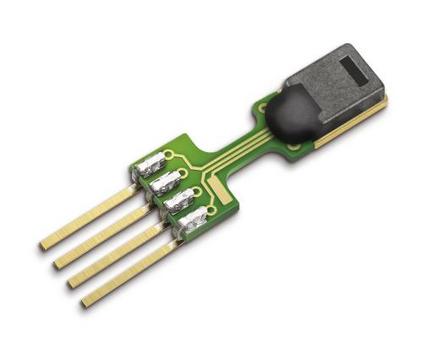Continuum robots in robot-assisted minimally invasive surgeries provide adequate access to target anatomies that are not directly reachable through small incisions. Achieving precise and reliable motion control of such snake-like manipulators necessitates an accurate navigation system that requires no line-of-sight and is immune to electromagnetic noises. Fiber Bragg Grating (FBG) shape sensors, particularly edge-FBGs, are promising tools for this task. However, in edge-FBG sensors, the intensity ratio between Bragg wavelengths carries the strain information that can be affected by undesired bending-related phenomena, making standard characterization techniques less suitable for these sensors. We showed in our previous work that a deep learning model has the potential to extract the strain information from the full edge-FBG spectrum and accurately predict the sensor's shape. In this paper, we conduct a more thorough investigation to find a suitable architectural design with lower prediction errors. We use the Hyperband algorithm to search for optimal hyperparameters in two steps. First, we limit the search space to layer settings, where the best-performing configuration gets selected. Then, we modify the search space for tuning the training and loss calculation hyperparameters. We also analyze various data transformations on the input and output variables, as data rescaling can directly influence the model's performance. Moreover, we performed discriminative training using Siamese network architecture that employs two CNNs with identical parameters to learn similarity metrics between the spectra of similar target values. The best-performing network architecture among all evaluated configurations can predict the sensor's shape with a median tip error of 3.11 mm.
翻译:在机器人辅助的最小入侵性手术中,连续机器人在机器人辅助的最小入侵性外科手术中提供足够的机会,使目标解剖能够通过小切口直接达不到的目标解剖值。 实现准确可靠的蛇形操纵机的运动控制需要有一个准确的导航系统,不需要直线观察,不受电磁噪音的影响。 Fiber Bragg Grat(FBG) 形状传感器, 特别是边缘- FBG) 是执行这项任务的有希望的工具。 然而, 在边缘FBG传感器中, 布拉格波长之间的强度比, 包含着不理想弯曲相关现象可能影响的紧张信息。 首先, 我们把搜索空间限制在不理想的弯曲相关现象中, 使得标准描述技术不适合于这些传感器。 我们在先前的工作中显示, 深层次学习模型有可能从整个边缘- FBG频谱中提取紧张信息, 并准确预测传感器的形状。 在本文中, 我们进行更彻底的调查, 寻找一个合适的建筑设计设计, 且预测错误更低。 我们使用超频波算算法在两个步骤中寻找最佳的超分分数度的里数。 首先, 我们把搜索空间层设置设置设置设置设置设置设置设置设置设置设置设置设置设置,, 使最佳的轨道变变换的系统变换后, 然后我们用最精确的系统变变的变的变数数据, 我们用最精确的计算法, 进行。





